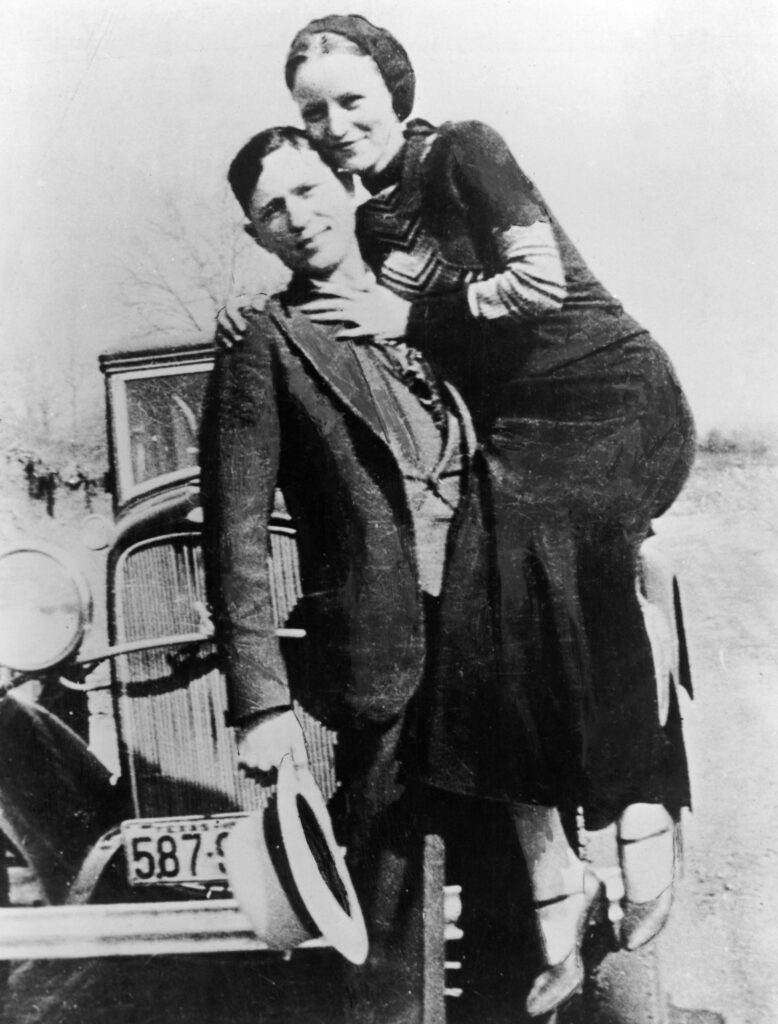He slips in a window. Silent. Calm. The room around him is full of bookshelves and display cases, showing awards, trophies, and such shiny regalia. But he ignores those. Moving across the floor with barely a whisper, he comes to his target. A small locked box hidden in a corner.
He picks the lock with a tool from his belt, opens it, and extracts the real prize – a solid gold statuette. Tucking it into a sack, he closes the box, slips out of the room and back through the window. Gone. Never there.
Sounds like a typical Hollywood-style theft, right? (No, no fancy lasers, I can’t even afford writing them into a scene…)
The mystique surrounding the Thief archetype is popular. And enduring – it’s an old one, with plenty of history supporting its intrigue.
Where Did “The Thief” Come From?
As long as people have had stuff, there have been those among us who would take said stuff. Is this acceptable? No, of course not. Theft is criminal.
Yet the Thief has developed its own larger-than-life reputation. From one repeated crime, came centuries of character development. Using creativity, following a (variable) code of honor, developing unique skill sets and tools…
In essence, the Thief archetype has created a craft from a criminal activity. Anyone can steal…but not all of us are Thieves.
The word Thief comes from the Proto-Germanic “theuba,” meaning ‘one who takes other’s property without their knowledge, usually small amounts.’
So pretty consistent, then to now. And that term’s what, several millennia old?
Today’s Thieves have a broader palate when it comes to prizes. Data and credit card numbers are as valuable as gold & jewelry. Yet the approach is remarkably similar to olden days. The Thief remains the Thief, in any age.

Photo by Bermix Studio on Unsplash.
History of Thievery
From street urchins to flamboyant masters, the Thieves’ Gallery includes all types across world history. Here are just a few examples:
- Caravaggio
- John Dillinger
- Bonnie and Clyde
- Doris Payne
- D.B. Cooper
- Edward Teach (better known as Blackbeard)

Historical Thieves like these actually managed to generate the impression of a “professional career” in public perception. It persists even today. Here, let’s prove it.
What do you picture in your mind when I say, “someone who steals”?
Now, what do you picture when I say, “a Thief”?
I’m certain the mental images varied. For my case, “someone who steals” is a grubby fellow with desperate eyes, sticking an arm through a broken window, frantically trying to grab a purse.
“A Thief” on the other hand brought to mind someone wearing close-fitting clothing in all black, face covered, sauntering across a museum floor.
What did you come up with?
Appearances in Folklore & Fiction
Thieves abound in legends and books. One could even argue that the Thief is so mythical a figure that it’s basically identical between the two media, with a long track record crisscrossing the world.
These examples back that notion up. I’m sure you recognize a few:
- Ali Baba (of ‘Forty Thieves’ fame)
- Garrett (of the ‘Thief’ video game series)
- Robin Hood (yes, he qualifies)
- Lupin the Third (of anime fame!)
- The Oceans 11/12/how many numbers are they up to? Gang
The Power in the Thief’s Hands
The Thief creates a character of contrast. Building honor into the dishonorable, a career out of crime, a sense of morality among the immoral.
This makes them an unusual literary archetype, yes. But it also grants them a power to influence others. To encourage others’ “inner Thief” if you will. Be that a reflection upon one’s own honor…or a desire to grab the shiny.

Photo by Dollar Gill on Unsplash.
How to Think About The Thief Today
In stories, the Thief often drives the plot. Either through their actions directly triggering plot movements, or by influencing other characters to act. A Thief character never just sits there.
They can act as a hero (“Gentleman Thief”), a villain (“The Clever Mastermind”) or neither.
For example, a Thief can help other characters plan a break-in at the BBEG’s mansion. But the reader knows the Thief is helping because they’ll get something out of it…a certain artifact, money, etc. They may double-cross other characters, or they may not. Either way, the plot moves everyone forward as a result.
We know what the Thief wants – it’s always the same thing, really – but how they go about it always varies. And that’s the fun part.
Because the Thief is a character of contrasts, they can change their course of action at any time. Even go against their own code of honor. Why? Why not? They decide what’s honorable and what’s not. And to a Thief, nothing’s more honorable than getting the prize…
Sources:
Famous Thieves from History
Thief – Online Etymology Dictionary
Gentleman Thief – Wikipedia
